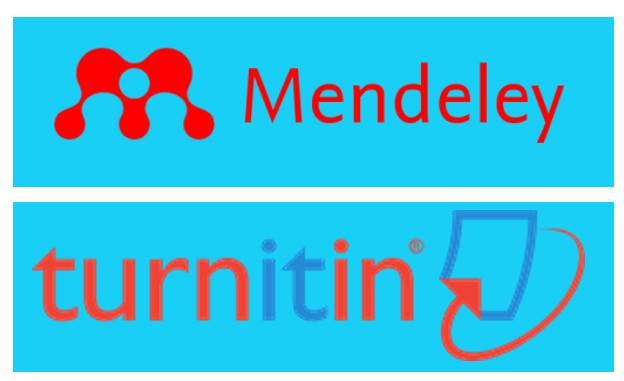Review Process
The Humanities & Language (Humaniola) adheres to a rigorous peer review system designed to ensure academic excellence, impartiality, and transparency. Our process consists of multiple stages, combining editorial screening, plagiarism checks, and double-blind peer review to maintain the highest standards of scholarly integrity.
1. Editorial Review & Plagiarism Screening
-
All submissions undergo an initial editorial assessment by the Editor-in-Chief or Section Editors to evaluate:
-
Relevance to the journal’s scope.
-
Compliance with submission guidelines.
-
Basic academic quality and originality.
-
-
Manuscripts that pass this stage are screened for plagiarism using Turnitin or similar software. Any work with unacceptable similarity (>20%) or unoriginal content is rejected immediately.
2. Double-Blind Peer Review
IJLSM employs a double-blind review system to guarantee impartiality:
-
Anonymity: Both the authors’ and reviewers’ identities are concealed throughout the process.
-
Reviewer Selection: Editors assign manuscripts to at least two independent experts in the relevant field.
-
Evaluation Criteria: Reviewers assess:
-
Originality and scholarly contribution.
-
Methodological rigor.
-
Clarity of argument and structure.
-
Adherence to ethical guidelines.
-
-
Decision: Based on reviewers’ feedback, the editorial team makes one of these decisions:
-
Accept (with/without minor revisions).
-
Revise & Resubmit (major revisions required).
-
Reject (with constructive feedback).
-
3. Avoiding Conflicts of Interest & Self-Publication
IJLSM is committed to fairness and transparency, even when editorial members submit their own work:
-
Editorial Self-Authorship Policy:
-
If an editor or editorial board member submits a manuscript, they are excluded from handling the review process.
-
The manuscript is assigned to an independent editor or guest editor, ensuring no bias in evaluation.
-
The peer review is conducted by external reviewers without ties to the author.
-
-
Conflict of Interest (COI) Disclosure:
-
Reviewers and editors must declare any personal, financial, or professional relationships with authors that could influence their judgment.
-
Cases with potential COI are reassigned to neutral parties.
-
4. Post-Review Process
-
Author Revisions: Authors receive detailed feedback and must address all critiques before resubmission.
-
Final Approval: The Editor-in-Chief makes the final publication decision after verifying revisions.
-
Transparency: Published articles include information on dates of submission, review, and acceptance.
Commitment to Ethical Standards
Humaniola follows COPE (Committee on Publication Ethics) guidelines to prevent:
-
Self-plagiarism (reuse of authors’ prior work without citation).
-
Favoritism in editorial decisions.
-
Unacknowledged conflicts of interest.
Through this structured process, IJLSM ensures that every published article—regardless of author affiliation—meets the same high standards of academic quality and ethical rigor.





